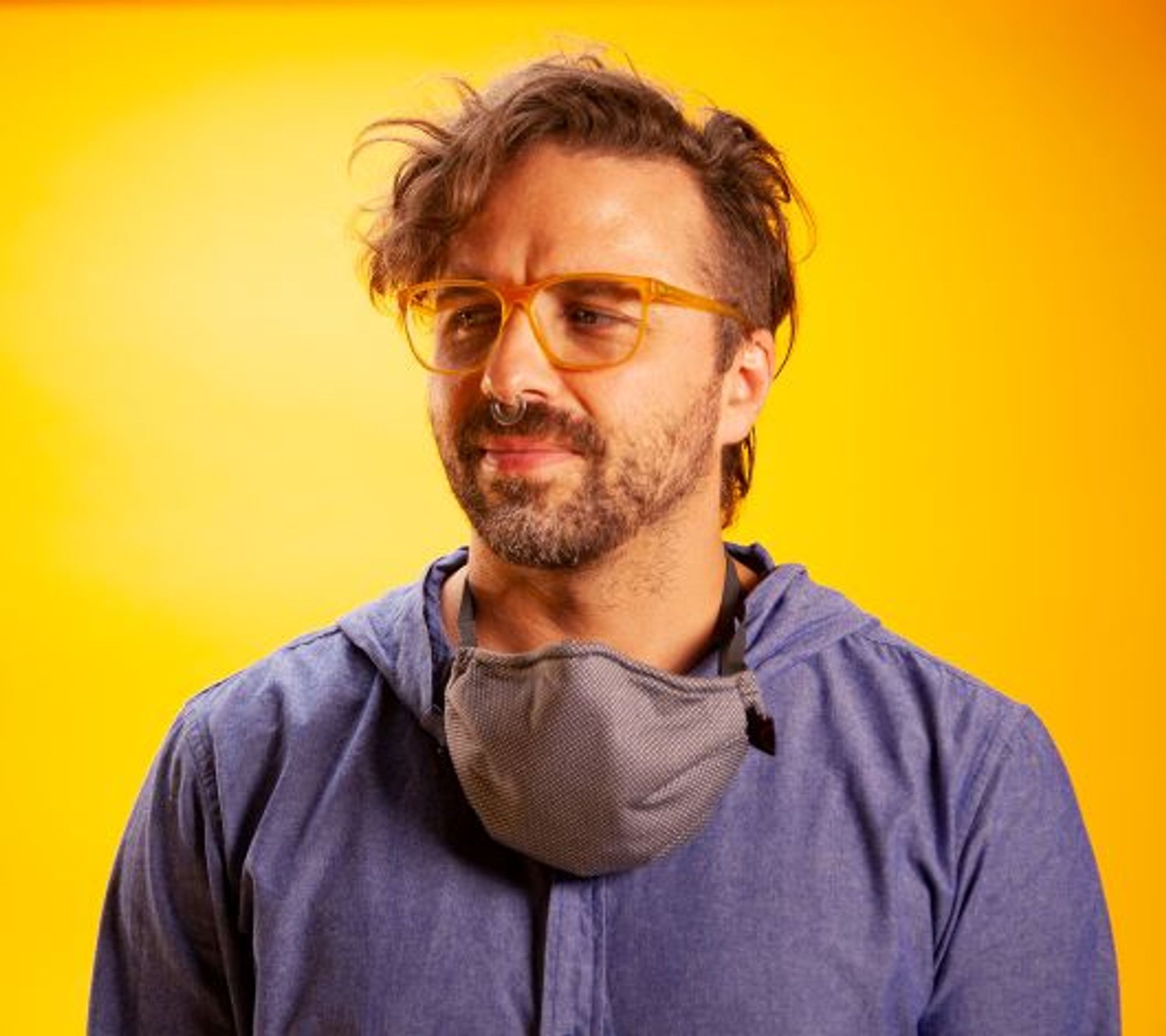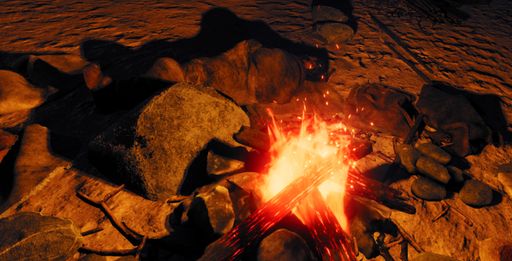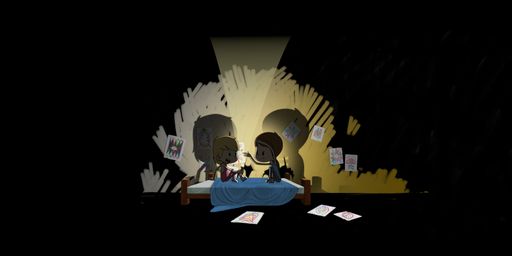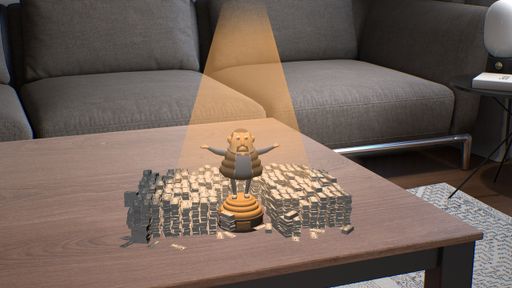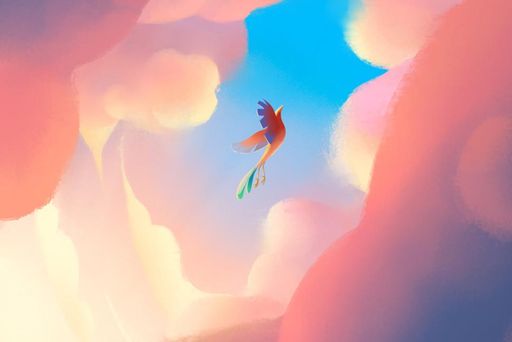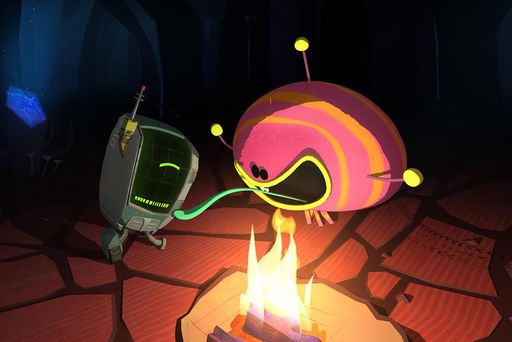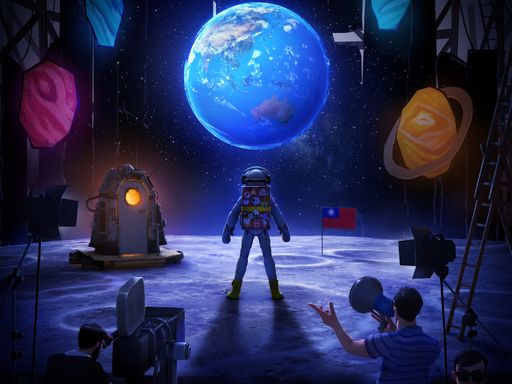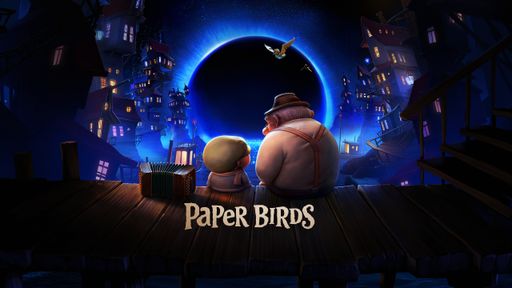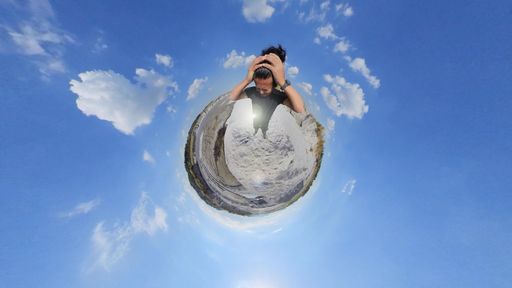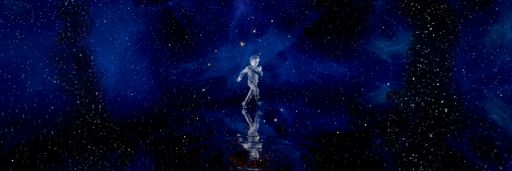시놉시스
잠자리에 들기 전, 누나는 어둠을 견뎌내는 방법을 물어보는 동생을 모든 것이 생생하게 살아있어 두려움을 이겨낼 수 있는 세계로 이끈다. <플래비 슈눅의 세상>은 관객이 주인공의 눈으로 신비한 공간들을 발견해낼 수 있는 사색적인 작품이다.
Director's Approach
In the film, the little brother asks his big sister for her secret to stop being afraid of the dark. She then tells him a story that can be seen through his eyes. The camera placed at child’s height immerses us in the imagination of the protagonist and we follow him, as if we were the third child in the group.
Using 360 stereo rendering immerses us in the story. What happens in a forest at night? How does it feel to fly over a swamp filled with giant monsters? Or dive underwater into a school of shimmering fish?
Like the fear of the dark, the situations in the film can at times seem scary, but we always realize there was no real danger once they’re resolved. It was important to me that there be no “bad guys” in the film. In my opinion, these classic tales that pit good against evil without nuance give children a binary vision of the world. I wanted to illustrate that often, how we see the other depends on where we are and how we feel at the time. Even if the bush monsters seem threatening at the start of the scene, they don’t necessarily represent a danger, because they too are frightened.
During the film, we often use drawing to symbolize the child’s imagination. The walls of the bedroom are suggested by a swath of crayon markings just
like the leaves of the trees. These are also covered with designs that are sometimes revealed by the little boy’s flashlight or by the ambient light of the swamp. The face of the monster is also a burst of children’s drawings.
At the end, when the little brother realizes it’s his own drawing that he removes from the monster, he understands his fear of the dark is unfounded
and the monster disappears.
The nod to the bush monsters who come back at the very end lets us know fear has been somewhat conquered, but perhaps not entirely. Is it a metaphor or just a bit of magic left over from the boy’s universe? As a child, I hated when a film that had taken us on a magical adventure ended with: “it
was all just a dream“, I wanted to believe the magic was indeed real, if only in the world of the film...
On another note, did you notice the subtle tribute to director Miyazaki? In the swamp scene, we see Ohmus, a kind of giant woodlice featured in the
first film written and directed by him (Nausicaä of the Valley of the Wind).
감독정보
Credits
•
Text: Francis Monty
•
Featuring: Lileina Joy, Monique Thomas, Daniel Judson
•
Music: Denis Chartrand, Tim Rideout
•
Sound design: Jean-François Bertrand Sauvé
•
Animation: Michèle Paquin, Natasha Vallée-Martin, Olivier Rousseau, Maude Paré, Anne-Marie Robert, Christina Robinson, Gabrielle Leblanc, Marc-André Paquin, Mathieu Dufresne, Éric Guérin
•
Coordination: Michèle Paquin, Lou Sauvageon, Francis Gélinas
•
2D Rigging: Marc-André Paquin, Anne-Marie Robert, Nancy Choquette
•
Compositing: Francis Gélinas, Martin Jean
•
3D Rigging: Jean-François Gauthier
•
Character design: Marc-André Paquin, Benoît Godbout, Francis Gélinas
•
Special thanks: Saule Gélinas, Elsie Gélinas, Miko Gélinas, Amiel Gélinas, Catherine Cyr, Shira Avni, Mel Oppenheim School of Cinema
